Optimal Timing for Power Washing
Power washings are most effective when performed during specific times of the year, depending on climate and surface conditions. Proper timing ensures optimal cleaning results and prolongs the lifespan of surfaces. Understanding seasonal weather patterns and environmental factors can help determine the ideal window for power washing projects.
Spring is ideal for removing accumulated dirt, mold, and pollen from outdoor surfaces after winter.
Summer offers warm weather and longer days, making it suitable for cleaning exterior surfaces before colder months.
Fall is a good time to prepare surfaces for winter by removing debris, mold, and algae.
Winter is generally unsuitable due to freezing temperatures which can cause damage and reduce cleaning effectiveness.
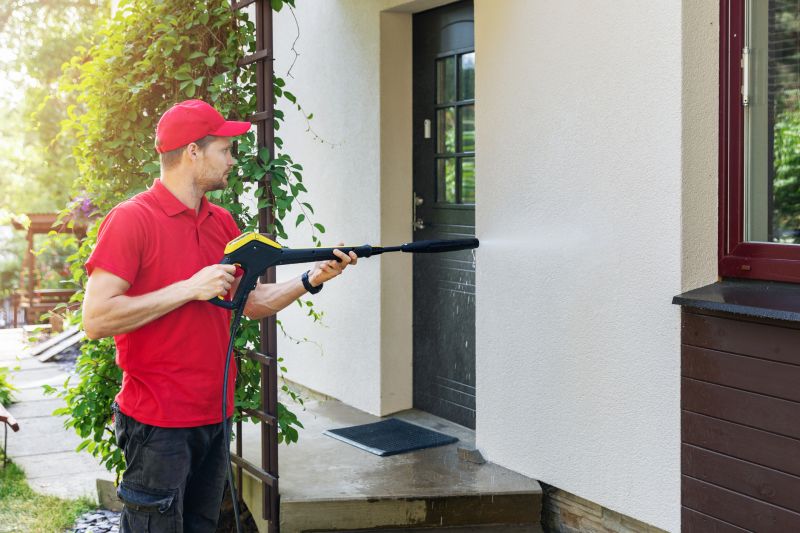
Removing winter grime and preparing surfaces for the warmer months.

Maintaining exterior surfaces before the cold season begins.

Cleaning to prevent damage from falling debris and mold buildup.
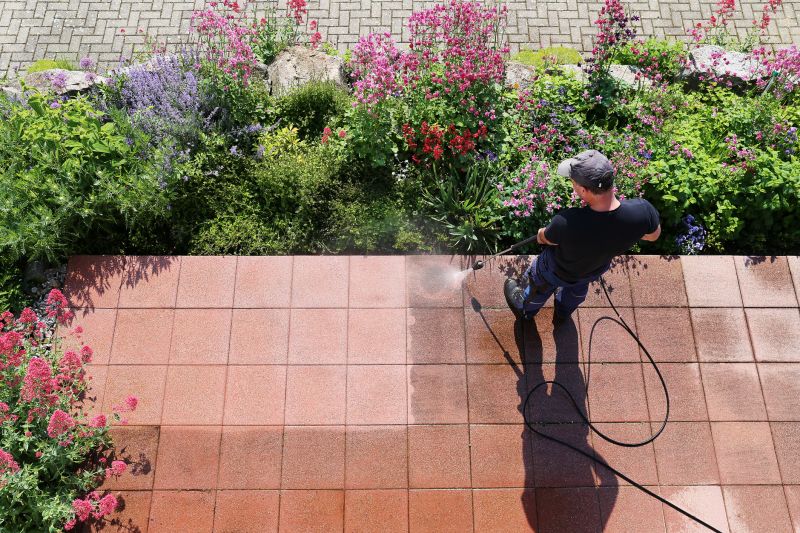
Ways to make Power Washings work in tight or awkward layouts.
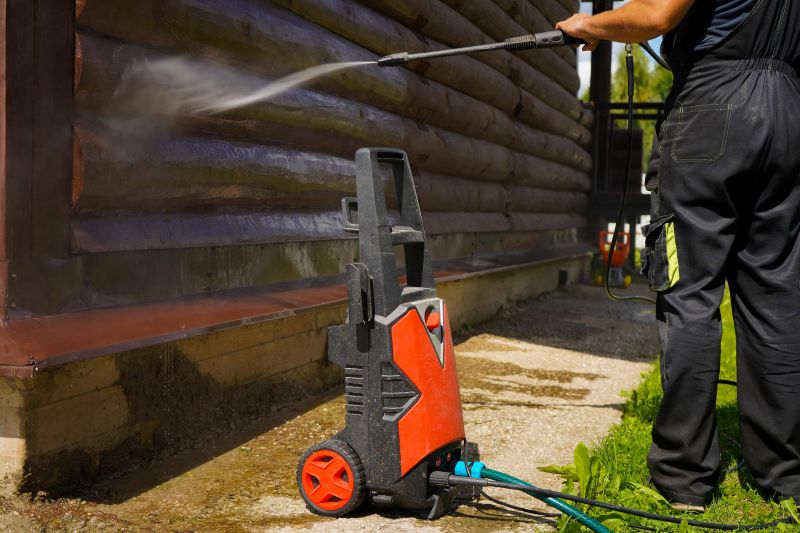
Popular materials for Power Washings and why they hold up over time.
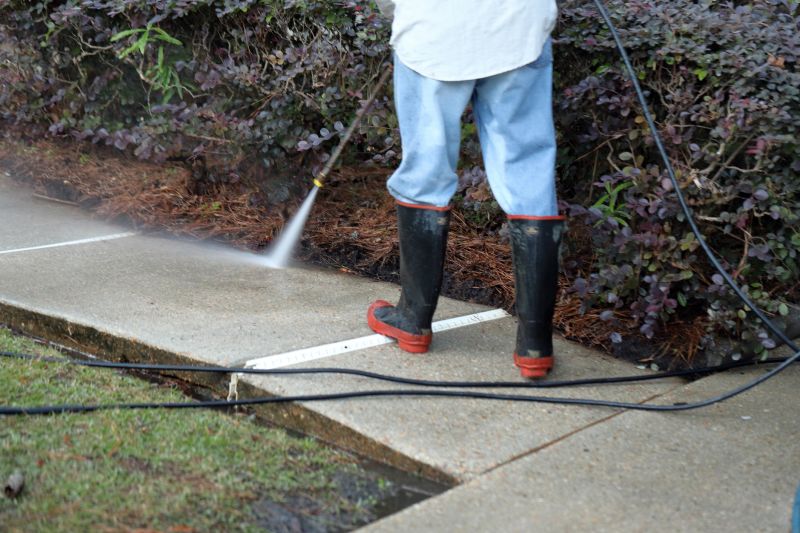
Simple add-ons that improve Power Washings without blowing the budget.
Power washing utilizes high-pressure water streams to effectively remove dirt, grime, mold, algae, and other buildup from various surfaces. It is a versatile cleaning method suitable for decks, siding, driveways, and more. Proper timing enhances cleaning efficiency and helps maintain the integrity of surfaces, preventing long-term damage and costly repairs. Seasonal considerations, such as avoiding freezing temperatures, are essential for safety and effectiveness.
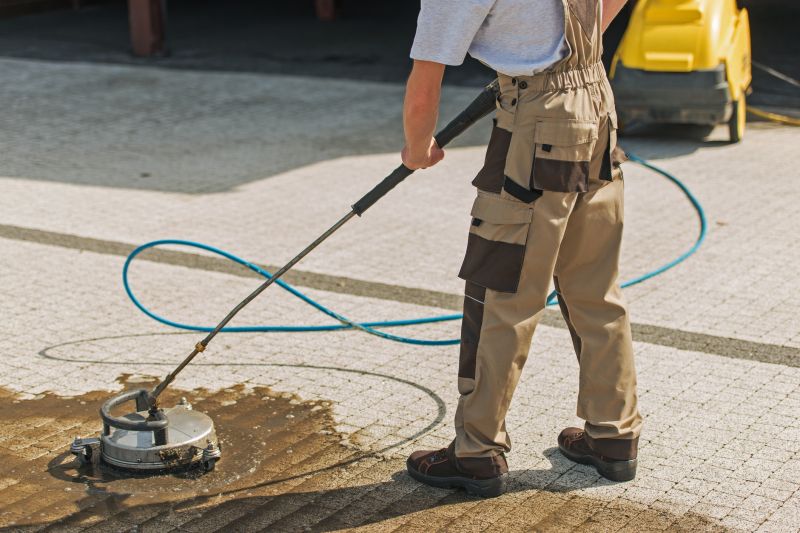
Advanced machinery ensures thorough cleaning and surface safety.

Effective results showcase the impact of timely power washings.
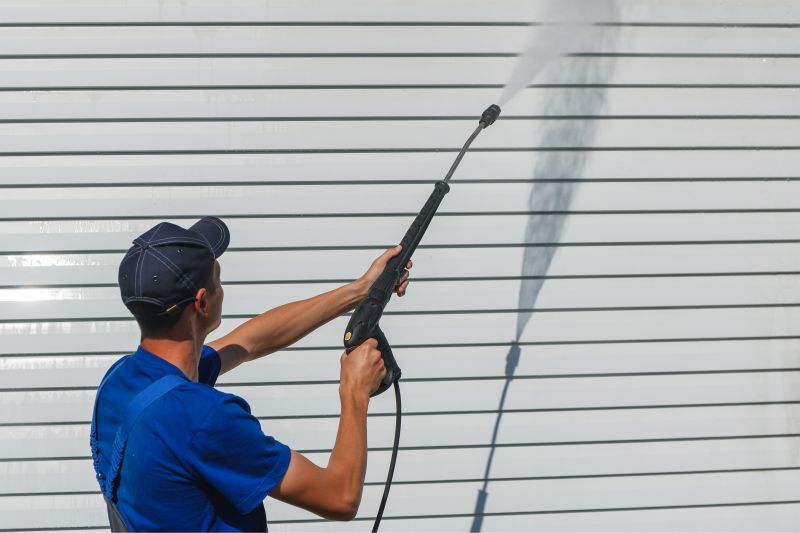
Proper timing helps prepare surfaces for sealing or painting.
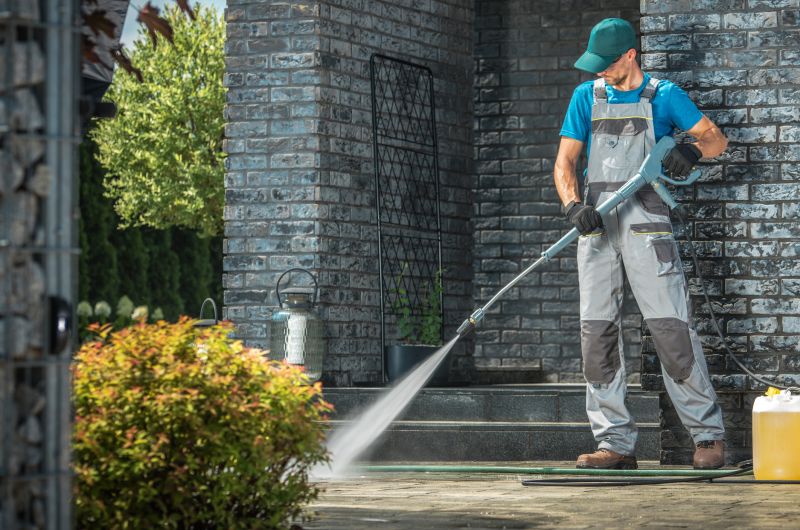
Aligning cleaning schedules with seasonal weather patterns.
| Season | Best Practices |
|---|---|
| Spring | Remove winter debris, mold, and pollen; ideal for early cleaning. |
| Summer | Perform maintenance before colder weather; monitor weather conditions. |
| Fall | Clean surfaces to prevent mold and prepare for winter. |
| Winter | Generally avoid due to freezing temperatures; plan for early spring. |
| Optimal Conditions | Dry weather, temperatures above freezing, low humidity. |
Scheduling power washings at appropriate times enhances the longevity of surfaces and ensures thorough cleaning. Regular maintenance during suitable seasons can prevent buildup and surface deterioration, saving costs over time. Consulting weather forecasts and environmental conditions can help plan effective power washing sessions.
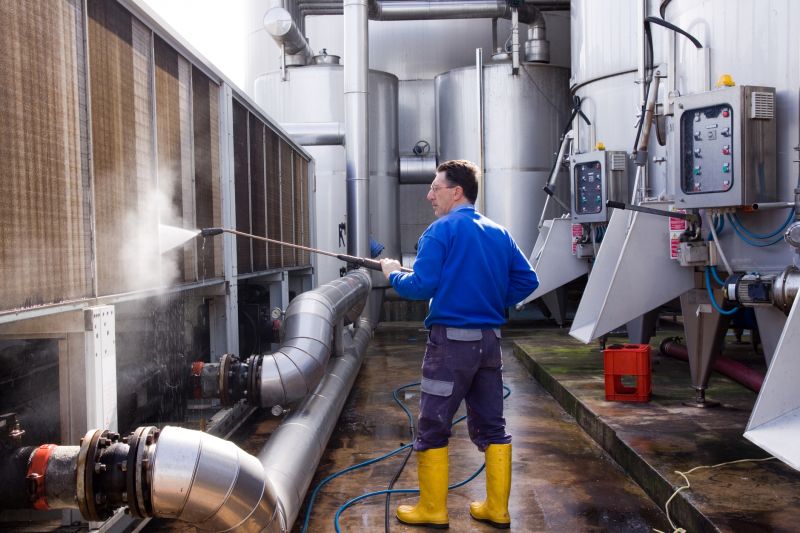
Ensures deep cleaning while protecting surface integrity.

Maintaining appearance and structural health through proper timing.
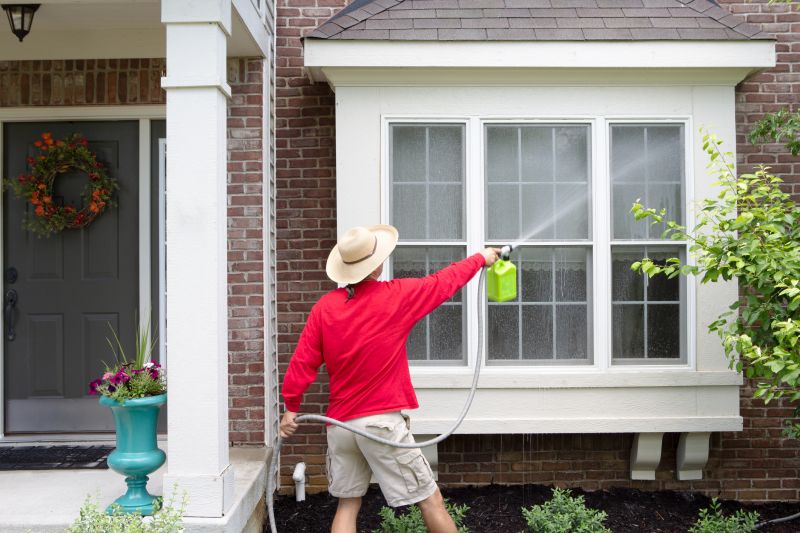
Aligning cleaning schedules with seasonal weather for best results.
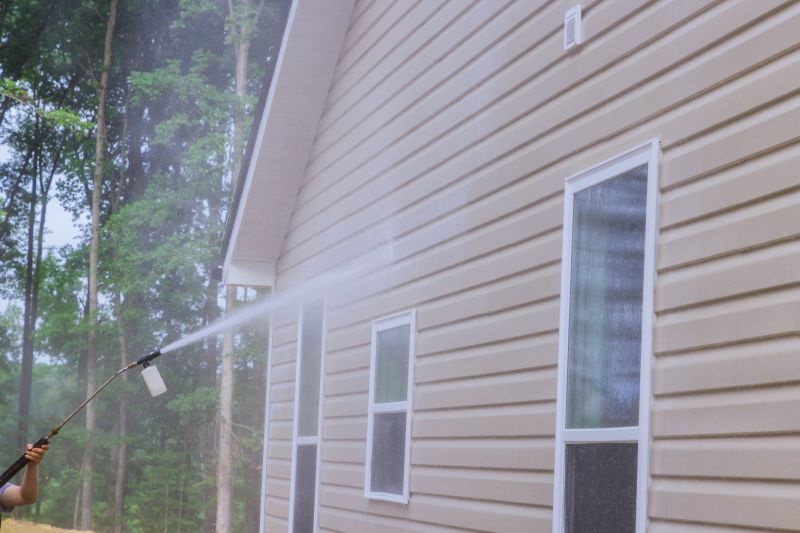
Avoiding freezing temperatures and high humidity for safety.
Interested parties should consider scheduling power washings during optimal seasons for best results. Proper timing not only improves cleanliness but also extends the lifespan of exterior surfaces. For more information or to arrange a service, filling out the contact form is recommended.



